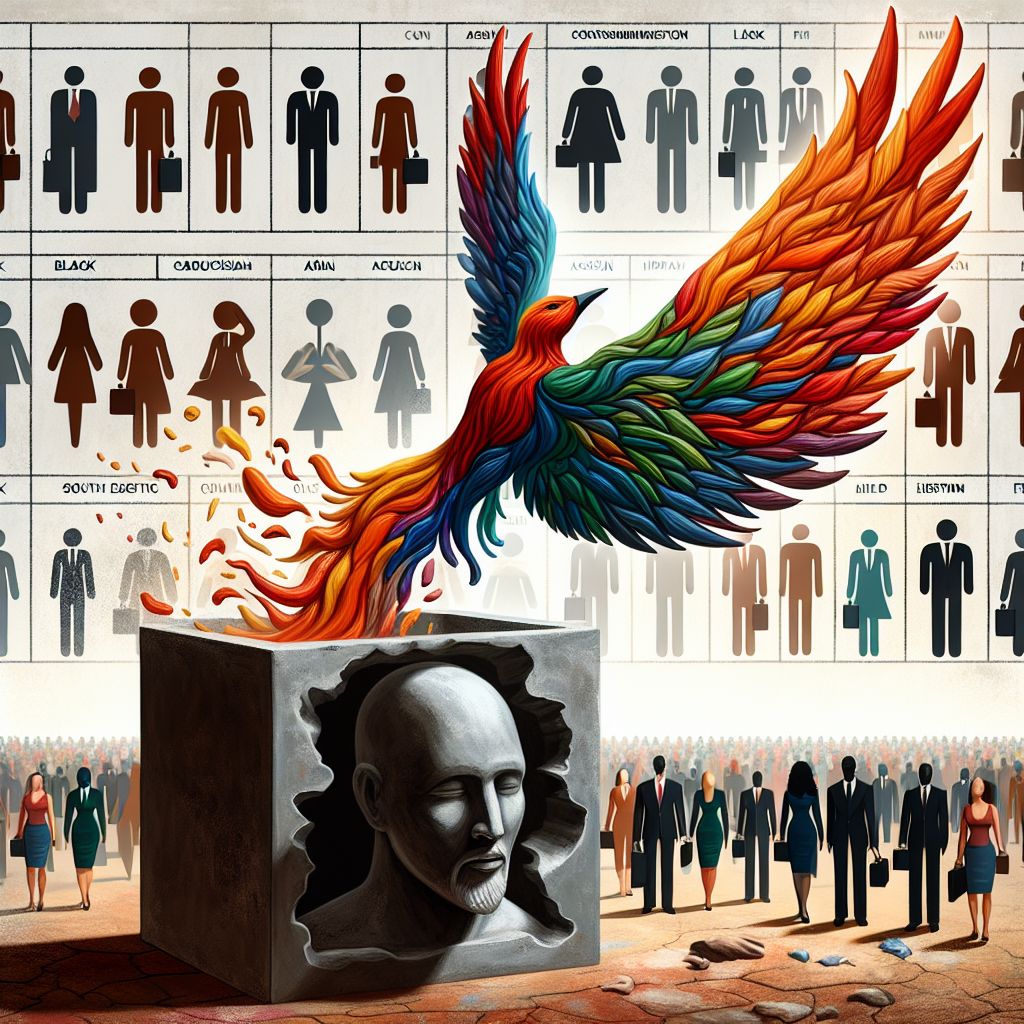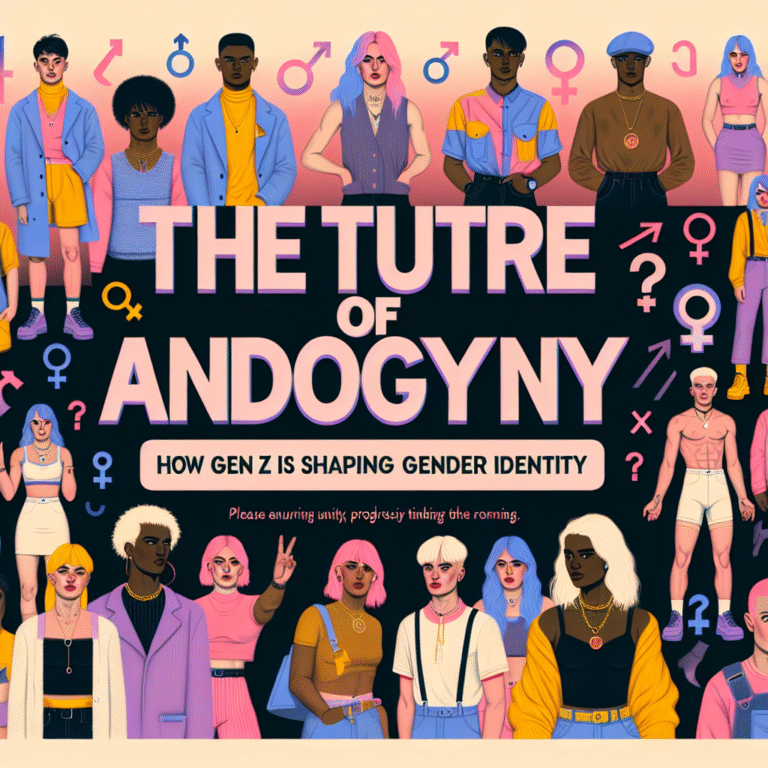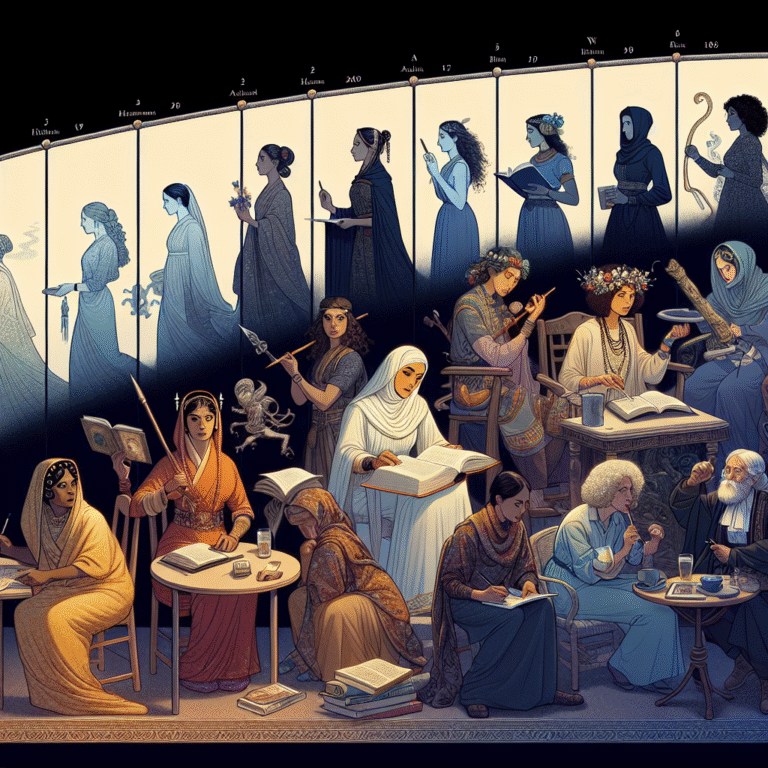
Introduction: The Unyielding Impact of Gender Norms
Imagine a world where individuals are not confined by rigid gender roles, where everyone has the freedom to express themselves authentically and pursue their passions regardless of societal expectations. This vision isn’t just aspirational; it’s attainable. Breaking the Mold: How Challenging Gender Norms Can Transform Society is not merely a slogan; it’s a call to action for all of us to reevaluate how these norms dictate our lives and interactions. As we delve into the intricacies of gender norms, we will uncover how challenging these constructs can lead to profound social transformation—creating spaces where diversity and inclusivity flourish.
The Foundations of Gender Norms
Gender norms are the unwritten rules that dictate what is considered appropriate behavior for individuals based on their gender. These norms have deep historical roots and stem from a complex interplay of cultural, social, and psychological factors. In many societies, traditional gender norms associate masculinity with strength, assertiveness, and emotional stoicism, while femininity is linked to nurturing, submissiveness, and emotional expression.
The Evolution of Gender Norms
Understanding the development of gender norms offers insight into why they remain so tenacious today. Historically, many cultures have rationed power according to gender, often granting men dominance over public spheres while relegating women to private domains. While progress has been made in recent decades toward achieving gender equality, vestiges of these outdated norms continue to shape our world.
The Impacts of Rigid Gender Norms
Psychological Effects on Individuals
Rigid gender norms stifle individuality and can have harmful psychological effects on those who feel pressured to conform. Research shows that individuals who do not align with traditional gender expectations may experience feelings of inadequacy, anxiety, and isolation. A 2021 study revealed that adolescents struggling with gender identity report significantly higher levels of mental health issues, emphasizing the importance of breaking down these constructs.
Economic Consequences in the Workplace
Challenging gender norms has economic implications as well. For instance, industries dominated by masculine notions often undervalue contributions from individuals who do not fit this mold. A report from McKinsey & Company found that organizations with diverse leadership perform better economically, suggesting that ensuring gender diversity can unlock significant financial benefits.
Case Studies: Real-World Applications of Breaking the Mold
Case Study 1: The Rise of Gender-Neutral Fashion
The fashion industry has started to challenge gender norms by embracing gender-neutral clothing. Brands like Telfar and Gerlan Jeans are breaking barriers by designing apparel that defies traditional gender categorization. This approach not only promotes inclusivity but also reflects a growing consumer desire for diversity.
Analysis: The success of these brands shows that breaking the mold can lead to enhanced consumer engagement, illustrating the broader societal trend toward acceptance and fluidity in gender expression.
Case Study 2: Male Caregivers
As more men assume roles as caregivers or participate in parenting, societal perceptions shift. Initiatives like the "Dads Who Care" campaign have emerged to provide support and share stories of various fathering experiences.
Analysis: This movement highlights how challenging traditional norms can redefine masculinity, making the shared responsibility of parenting a valuable societal standard rather than an exception to the rule.
Case Study 3: Women in STEM Fields
Efforts to promote female representation in science, technology, engineering, and mathematics (STEM) fields also exemplify breaking the mold. Programs like Girls Who Code aim to inspire young girls to pursue careers in tech by challenging stereotypes around gender and professionalism.
Analysis: These initiatives are critical in empowering young women and reshaping cultural narratives, which fosters an environment where future generations can pursue careers free from restrictive gender expectations.
Creating a Transformative Dialogue
Encouraging Open Conversations
Engaging in discussions about gender norms can help dismantle stereotypes. Educational institutions and workplaces should foster environments where open dialogue is encouraged. Workshops and training that address gender biases create pathways for understanding and acceptance.
Leveraging Media for Change
Media plays a pivotal role in shaping societal norms. By showcasing diverse representations of gender in film, television, and literature, we can challenge outdated views and promote acceptance. Programs that feature non-traditional gender portrayals can shift public perception positively.
Data Insights on Gender Norms and Societal Change
| Aspect of Gender Norms | Traditional View | Progressive Approach | Impact on Society |
|---|---|---|---|
| Emotion | Suppressed | Valued | Increased mental well-being |
| Employment Roles | Gender-specific | Gender-neutral | Enhanced workforce diversity |
| Parenting | Female-oriented | Shared responsibility | Balanced family dynamics |
Conclusion: A Call for Collective Action
Breaking the Mold: How Challenging Gender Norms Can Transform Society is more than a phrase; it is a movement demanding our collective effort. By challenging entrenched gender norms, we can create a more just and equitable society. The freedom to express one’s gender identity and to break free from societal expectations benefits everyone, fostering creativity, innovation, and inclusiveness.
As you reflect on your role in this transformative process, consider how you can become an advocate for change. Whether it’s through engaging in dialogues, supporting inclusive practices, or simply championing those who defy gender norms, each action contributes to a broader societal shift.
FAQs
1. What are gender norms?
Gender norms are societal rules that dictate appropriate behavior and roles based on an individual’s gender. These norms can define how people should dress, act, or engage in relationships.
2. Why is challenging gender norms important?
Challenging gender norms leads to greater individual freedom and societal progress, as it encourages diversity, reduces inequality, and fosters mental well-being.
3. How can individuals break gender norms in their lives?
Individuals can start by expressing themselves authentically, supporting others in their gender journeys, and engaging in conversations that challenge stereotypes and promote inclusivity.
4. What role does education play in challenging gender norms?
Education can play a transformative role in challenging gender norms by promoting critical thinking, inclusivity, and awareness about gender issues among students, thereby fostering a culture of acceptance.
5. How can businesses promote gender equality?
Businesses can promote gender equality through diverse hiring practices, creating supportive work environments, enforcing anti-discrimination policies, and providing equal opportunities for professional development and leadership roles.
As we embark on this journey of redefining gender norms, let’s commit ourselves to promoting equity and inclusion in every facet of our lives. Together, we can create a future where everyone feels empowered to break the mold.
















